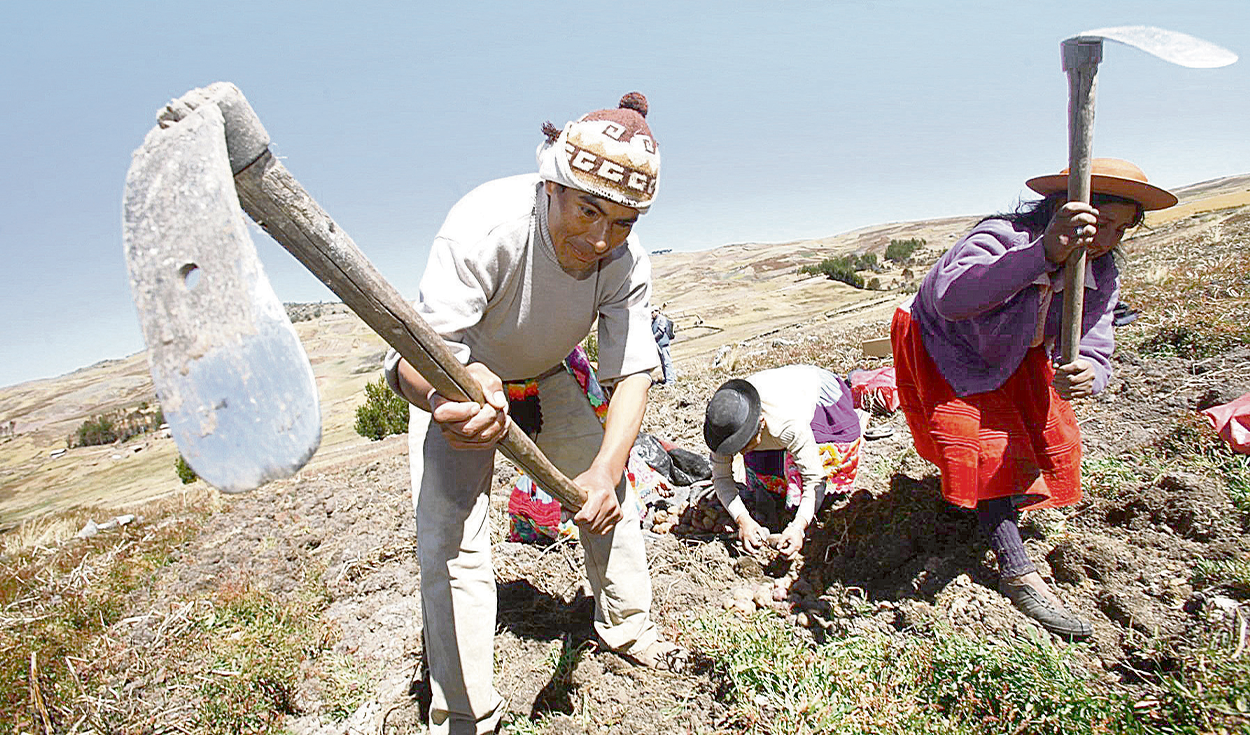
With the recession, the general indicator of Peruvian employment fell 0.9%. According to the INEI, more than 157,000 positions were lost. The employed population, at the end of 2023, is 17 million 179,800. The Peruvian Institute of Economics (IPE) warns that the contraction is “the most critical figure in more than 20 years.”
The formality rate closed at 28.9% of the employed EAP and the informality rate at 71.1%. Specifically: 3 out of 10 workers are formal and 7 out of 10 are informal.
The data revealed by the INEI shows a slight improvement compared to the pre-pandemic year, where formality had a ratio of 27.3% and informality, 72.7%; However, the rate of adequate employment currently remains 10 percentage points higher: 49% (2023) versus 59.8% (2019).
The contrast with the year before Covid-19 is vital, according to labor activist Fernando Cuadros Luque, to genuinely measure how the Peruvian market is doing after the health shock, which not only pushed the GDP to -11%, but also raised poverty to 30% of the population.
Bone scan
Peruvian informality has the face of a woman, she works in a mype and in the agricultural, fishing or mining sector.
The INEI specifies that the informal workforce is 73.4% female, with a strong incidence of those aged 45 or over (73.6%) and primary education (93.8%). In rural areas, 94.1% is informal.
By size, 85.1% of those employed in companies with 1 to 10 workers are informal (mypes), and 46.7% are informal in those with 11 to 50 workers (small companies); Meanwhile, the bulk of the formal ones (83.7%) are in large companies, with 51 or more workers (medium-sized).
And, by branch of activity, agriculture, fishing and mining have a rate of 91.1%. They are followed by construction (79.4%), commerce (72.0%), manufacturing (64.3%) and services (59.4%).
Has labor informality really regressed?
Cuadros Luque explains that, although there is an improvement by reducing informality to 71.1%, barely a third corresponds to employees not declared on the payroll, and the remaining two thirds, to self-employed workers who do not pay taxes.
“This inflates informality. More important is to see the informality of employees or dependents. This is the reality of labor informality. The other thing is not going to move because the independents are precarious, they do not declare nor will they do so for many years,” he explained to La República. Thus, he maintains that national labor informality in the private sphere, by 2022, reached 61% (and in rural areas it shot up to 86.4%).
Previously, specialists indicated that to absorb the 300,000 young people who enter the market annually, Peru must grow at rates of 6%. This year, less than 3% is expected.
1.7 million earns a mediocre salary
Only in metropolitan Lima, as of January of this year, are they underemployed by income—that is, they earn below the average. According to Farid Matuk, this figure is discretionary and can vary, but it corresponds to a “miserable salary.”
Compared to 2019, there is a 63.5% increase in employees subjected to this situation.
There is a gap of 145,200 employees who are unable to regain their proper employment. The group of full-fledged workers dropped to 3 million 106,100 people. And the unemployed population amounts to 409,700 citizens in the first month.
Source: Larepublica
Alia is a professional author and journalist, working at 247 news agency. She writes on various topics from economy news to general interest pieces, providing readers with relevant and informative content. With years of experience, she brings a unique perspective and in-depth analysis to her work.












